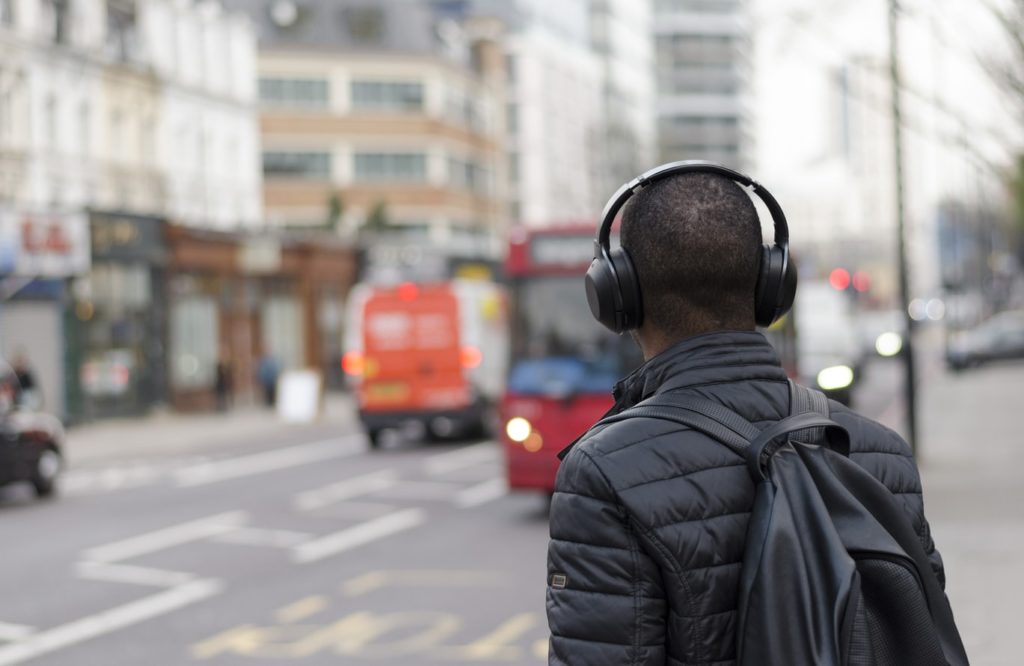They’re everywhere you look: on the train, at your office, on your kid’s wishlist. Bluetooth headphones have taken the headphone market by storm. In fact, in just the two years since Apple launched its Airpods, the headphones have become the company’s second best selling product: Apple sold an estimated 16 million pairs in 2018 alone. According to industry analysts, Apple is projected to sell 55 million pairs of Airpods in 2019 and up to 110 million in 2020. Bose, Beats by Dre, Sony, and many others also sell wildly popular Bluetooth headphones with a variety of styles and features.

The wireless nature of Bluetooth headphones has revolutionized the way we listen to music, podcasts and more, giving users new-found convenience and mobility. There are no longer any cords to hassle with, making headphones more portable than ever. Bluetooth technology allows up to 30 feet of distance between the headphones and the tethered device, facilitating easy use during exercise, travel and day-to-day tasks.
Bluetooth headphones are typically compatible with most devices, regardless of brand. No need to keep up with tiny adapters or multiple sets of headphones that only work with specific devices. Giving up the cord doesn’t mean sacrificing quality either; in fact, many wireless headphones include noise-canceling or filtering features that provide users with pure, uninterrupted sound.
As great as Bluetooth technology is, it isn’t always able to perform at its full potential. Have you ever entered a busy area while wearing Bluetooth headphones and heard a slight cut into your music or maybe even straight static noise? Your headphones are not defective. In fact, the problem goes beyond the headphones you are wearing. You’re experiencing the spectrum crunch.
Bluetooth technology, along with other wireless technologies like Wi-Fi, operates in unlicensed spectrum bands. As the use of wireless devices becomes increasingly more common, this spectrum becomes more and more limited, and devices have to compete for connectivity in these crowded airwaves. Unfortunately, no new mid-band spectrum has been set aside for unlicensed use in more than twenty years, but in that time, Wi-Fi and Bluetooth devices have exploded in popularity. To ensure continued access to our favorite wireless technologies, the United States must set aside more airwaves for unlicensed use.
